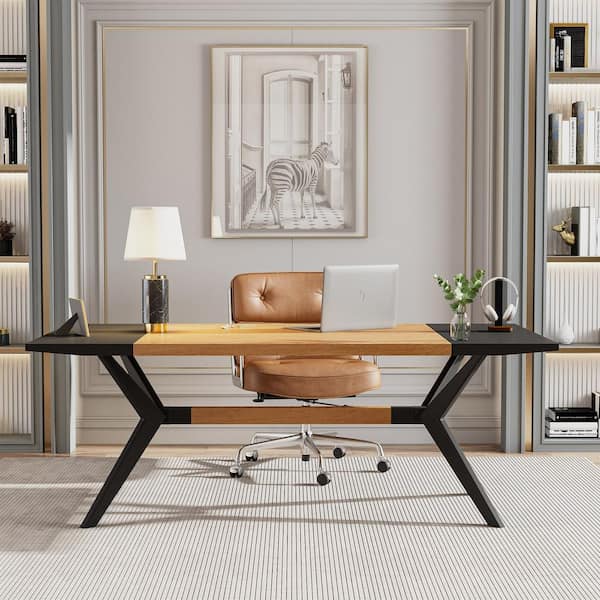An In-depth Take A Look At Dining Table Leg Styles: Locating the Ideal Match
Choosing the ideal dining table leg style is essential for both aesthetic allure and sensible functionality. For those with bigger tables, trestle legs guarantee strong support, whereas hairpin legs introduce a mid-century modern-day ambiance with their minimalist layout. The x-shaped legs mix modern design with boosted security.
Standard 4 Legs
Amongst the various types of eating table leg styles, the standard four-leg layout remains a classic option for numerous homes. 4 legs supply balanced support, making certain the table continues to be secure and capable of birthing considerable weight (dining room table legs).
From a visual viewpoint, the standard four-leg layout can be quickly adapted to different indoor designs. Whether crafted from wood, steel, or a mix of materials, these legs can be intricately sculpted, streamlined and minimalistic, or anything in between. Their flexibility permits them to enhance both rustic and contemporary setups flawlessly.
Furthermore, the uncomplicated structure of the four-leg style assists in ease of movement and placement within an area. Unlike more complicated bases, this style reduces blockages, offering sufficient legroom for diners. In recap, the conventional four-leg table leg style weds withstanding beauty with sensible performance, making it an astute choice for those looking for both type and function in their eating furnishings.
Pedestal Base
Commonly commemorated for its stylish and space-efficient design, the pedestal base is a prominent choice to the traditional four-leg configuration in dining table leg styles. This unique base commonly features a single central column supporting the table top, which can differ in kind, from ornately carved timber to smooth, modern metal. Among the primary benefits of the pedestal base is its capacity to take full advantage of legroom and seating adaptability. Without edge legs, restaurants are managed higher freedom of movement, making it a perfect choice for round and oval tables that promote even more intimate and inclusive celebrations.
Furthermore, the stand base's central assistance can deal with significant weight, enabling the use of larger table tops, such as marble or thick wood. This strength coupled with its visual versatility makes the pedestal base a preferred choice in both traditional and modern interior setups. It can perfectly incorporate with different style themes, from classic elegance to minimalist modernity. The central column itself provides a canvas for elaborate styles and artistic expressions, adding an element of aesthetic passion underneath the table. In summary, the stand base incorporates capability snappy, making it an improved and practical alternative for varied dining environments.
Trestle Legs
Trestle legs give a robust and classic foundation for eating tables, defined by their straight cross-bracing and sturdy support light beams. Originating from medieval times, this design has actually progressed yet kept its crucial framework, making it a fantastic read a seasonal fave in both typical and modern settings. The central trestle light beam, commonly supported by two or even more vertical articles, uses extraordinary security, enabling larger table sizes without the requirement for added legs.
A significant advantage of trestle leg tables is the ample legroom they provide. Unlike tables with 4 edge legs, the lack of blockages at the table's sides gives unobstructed area for chairs and restaurants, boosting comfort and availability. This makes trestle tables perfect for fitting bigger gatherings, whether in a dining-room or a reception hall.
The aesthetic convenience of trestle legs is noteworthy. Available in a selection of products such as wood, steel, and composite, they can be finished to complement a wide variety of interior styles. From rustic farmhouse to sleek modern-day styles, trestle legs can be customized to fit private preferences. Their enduring allure and useful benefits make trestle legs an engaging option for those looking for both style and practicality in their table.
Hairpin Legs

The allure of barrette legs lies in their simplicity and adaptability - dining room table legs. Readily available in a series of materials, including steel and brass, they can be completed in countless shades to enhance various indoor designs. Whether coupled with a rustic wood table top or a modern glass surface, hairpin legs easily blend performance with a touch of vintage charm
Sturdiness is another remarkable attribute of hairpin legs. In spite of their fragile appearance, these legs are crafted to birth significant weight, ensuring the table stays secure and protected. Furthermore, they are relatively simple to mount, making them a popular option for DIY enthusiasts and expert furniture makers alike.
X-Shaped Legs

Built from materials such as steel, wood, or a mix of both, X-shaped legs can be customized to match Learn More Here various design preferences. Steel legs typically offer a streamlined and industrial feel, suitable visite site for loft-style homes and modern-day eating rooms.
Moreover, the engineering behind X-shaped legs guarantees even weight distribution, lessening the risk of tottering and enhancing sturdiness. This makes them specifically fit for larger dining tables that need extra assistance. Fundamentally, X-shaped legs blend functional design with modern aesthetic appeals, making them a timeless option for varied eating atmospheres.
Conclusion
A thorough understanding of table leg designs exposes the distinct attributes and advantages of each layout. Typical 4 legs offer security and classic allure, while pedestal bases offer legroom and a streamlined look. Trestle legs ensure robust assistance for larger tables, and hairpin legs introduce a mid-century modern-day visual. X-shaped legs integrate contemporary layout with enhanced security. Picking the appropriate leg design guarantees both practical and visual fulfillment in any kind of dining area.